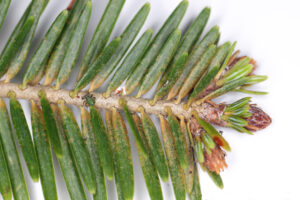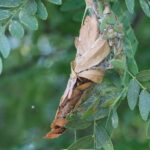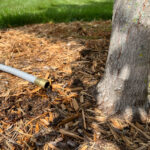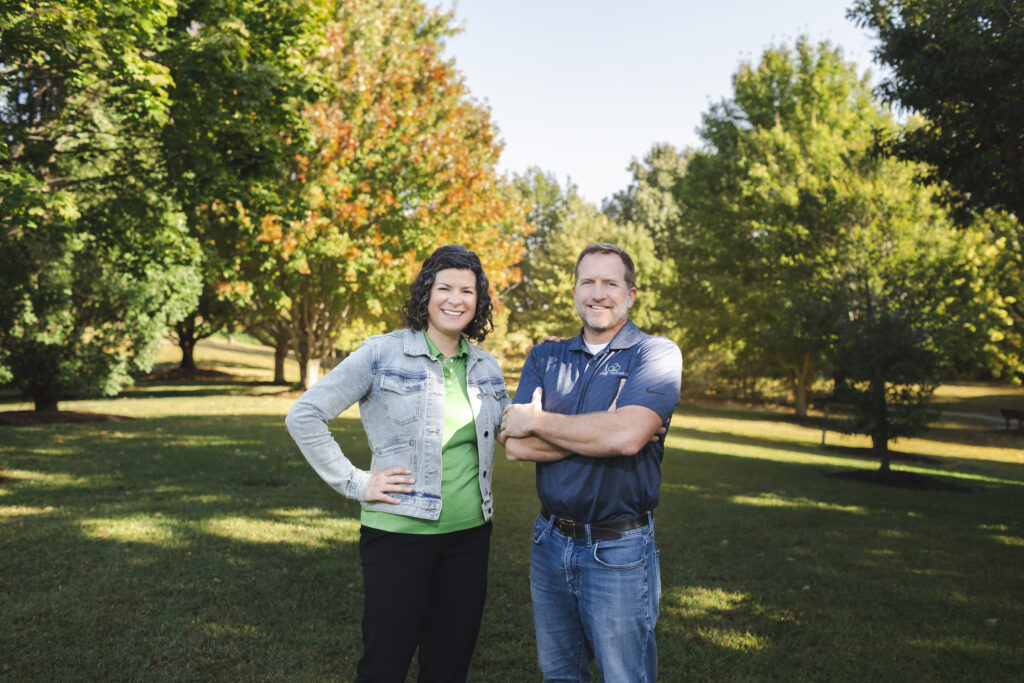Spruce spider mites are common cool-weather pests that often go unnoticed until significant damage has occurred. While they primarily target spruce trees, these mites are not picky—they can infest a variety of evergreens including fir, junipers, arborvitae, larches, hemlocks, and even pines.

Seasonal Activity & Behavior
These pests thrive during the cooler seasons, becoming most active in the spring (April and May) and fall (September through December). Activity tends to decline in the hot summer months, making early detection in spring and late fall essential for management.
Spruce spider mites feed on the sap of trees, targeting stressed or weakened evergreens. They prefer the older, lower interior branches where they’re shielded from rain. Infestations typically present as small yellow or gray specks on the needles. In severe cases, the mites can cause the needles to die and fall off.
Diagnosing an Infestation
Conifers often retain needles for up to four years, so visible damage may reflect past infestations, not necessarily an active one. To check for current mite activity, try the paper test: shake a branch over a sheet of white paper and look for tiny moving specs. These are active mites.
Treatment Options
You may not need chemicals right away—start by spraying the affected trees with a strong stream of water once or twice a week. This dislodges both mites and eggs. Horticultural oils and neem oil are also options, although they may not be strong enough for established infestations.
Let Arbor Aesthetics Help
Our trained technicians can apply professional-grade miticides that are more effective than over-the-counter options. Miticide is also included in our four-step fungicide spray program. It’s a one-two punch for healthy spruce trees.
If you suspect spruce spider mites are damaging your trees, give us a call at 402-408-5600 or fill out a consultation request. We’ll diagnose the issue and provide expert treatment to restore your evergreens to health.






